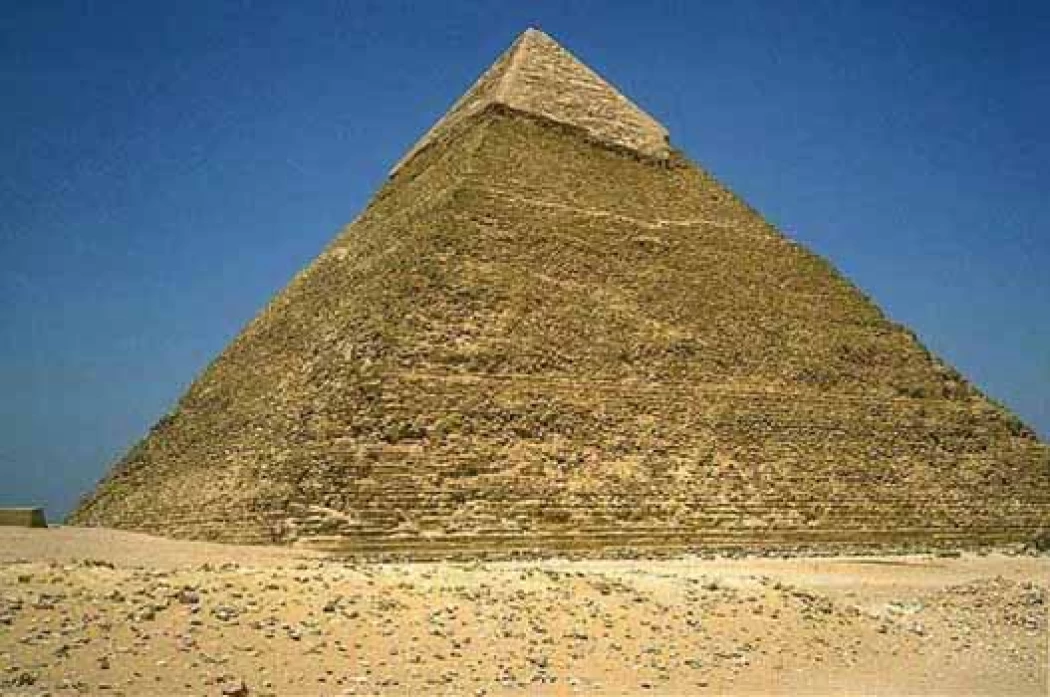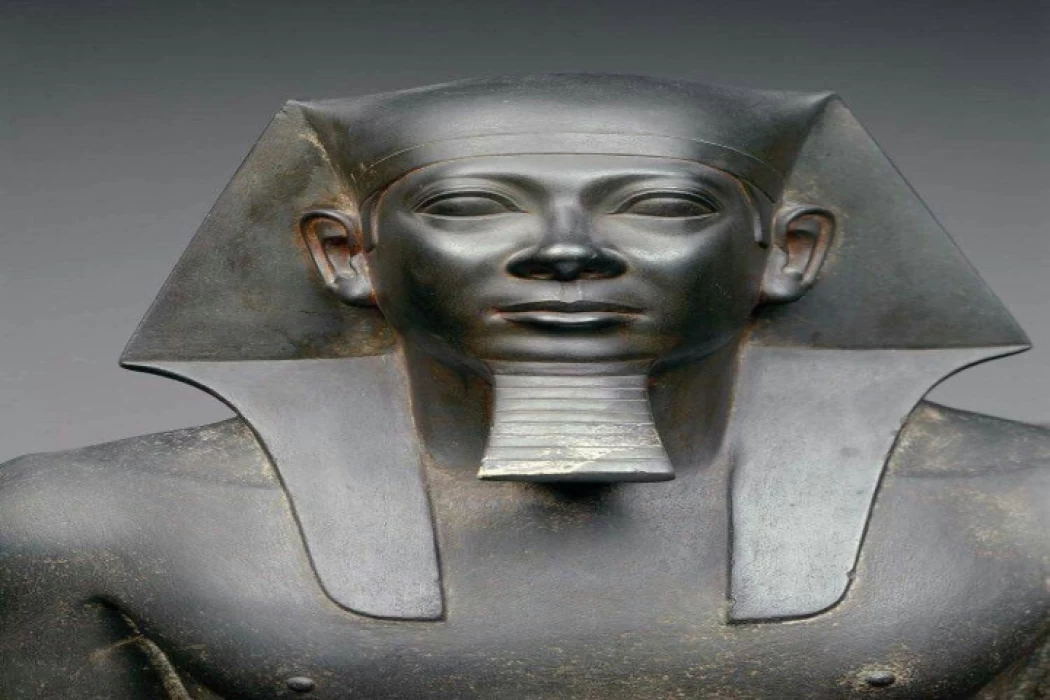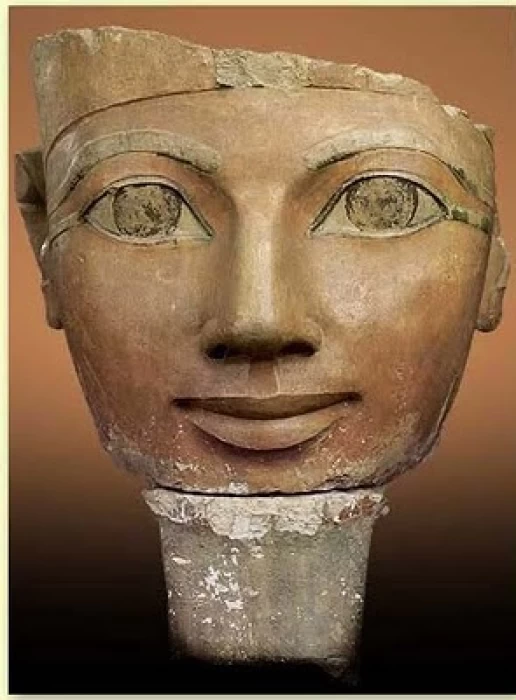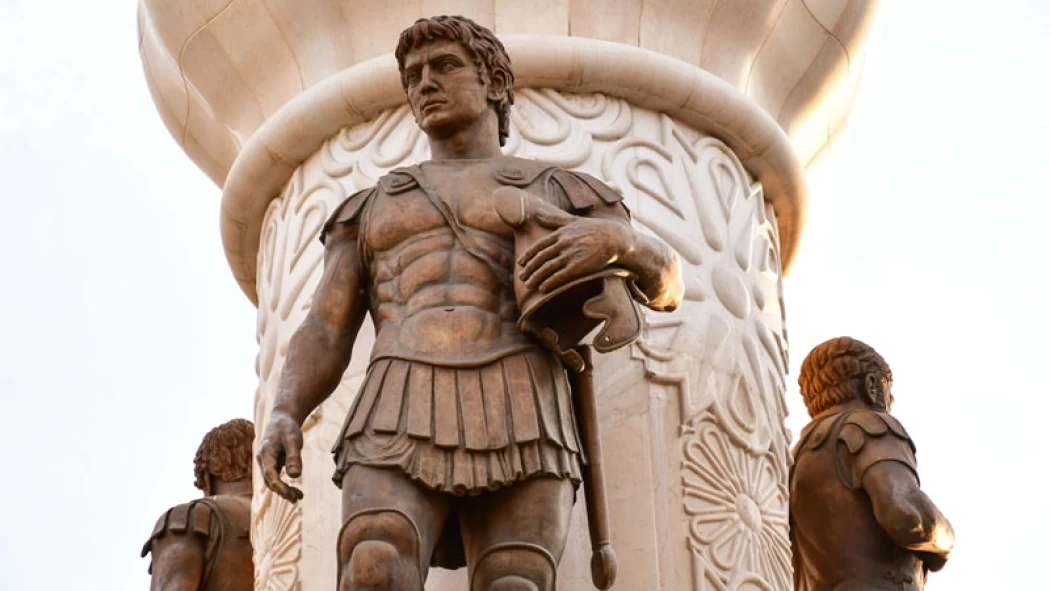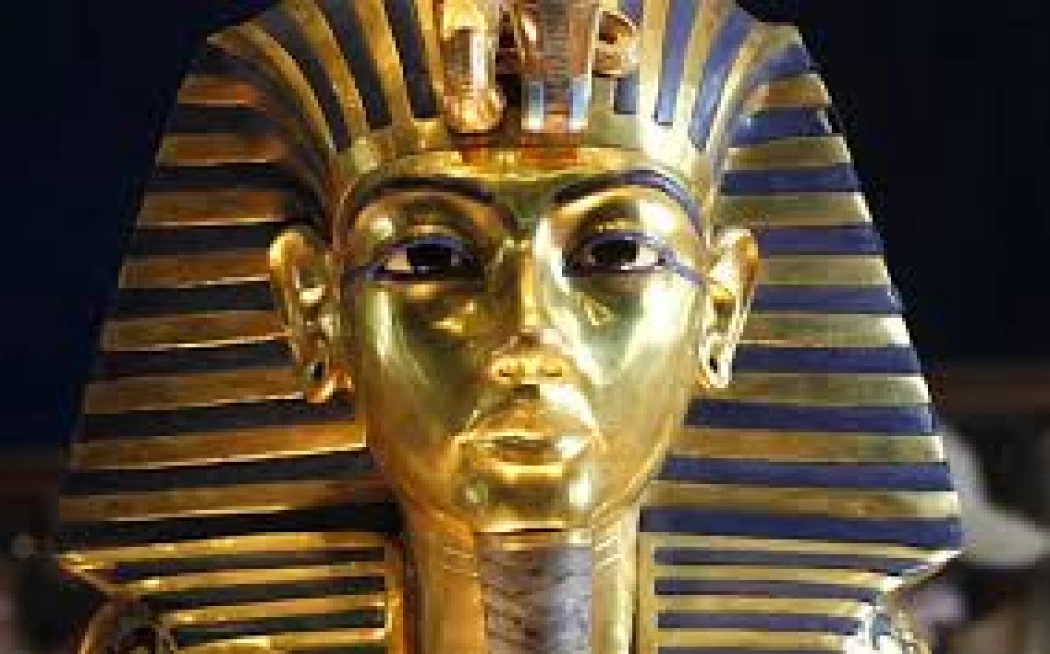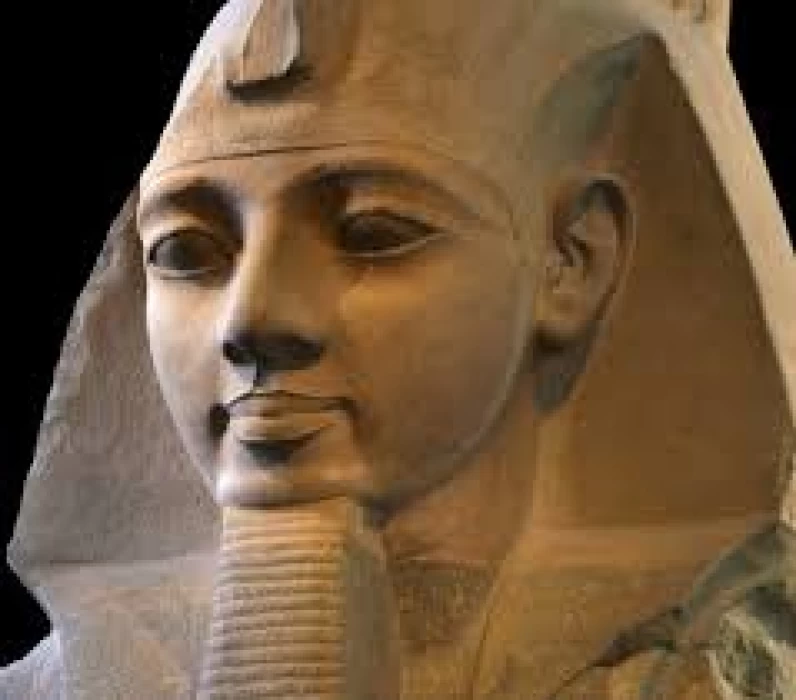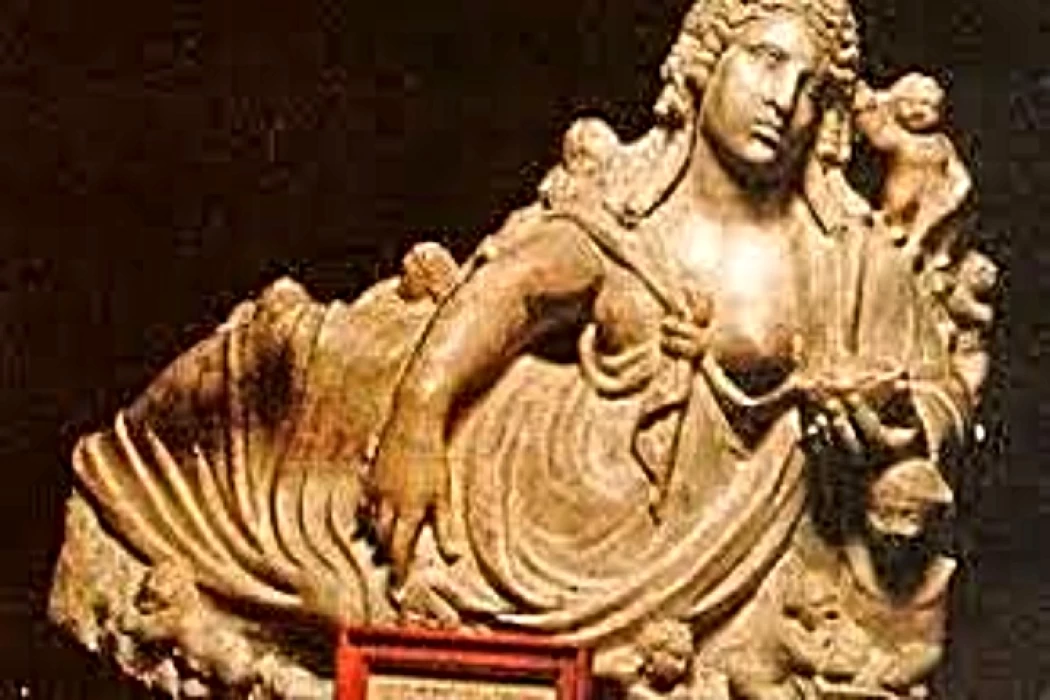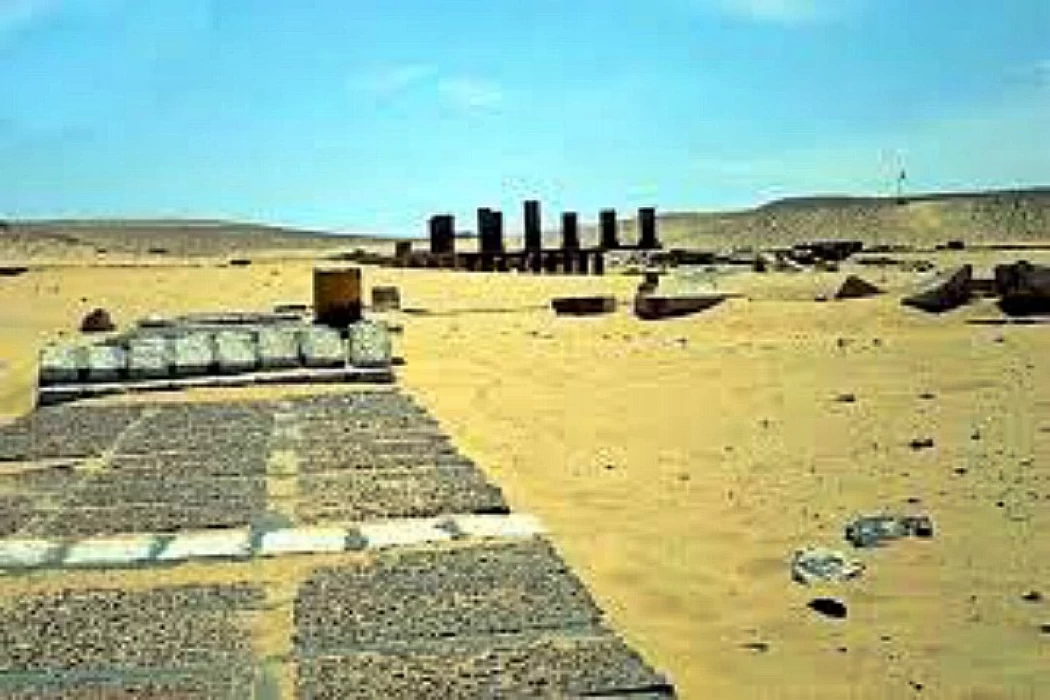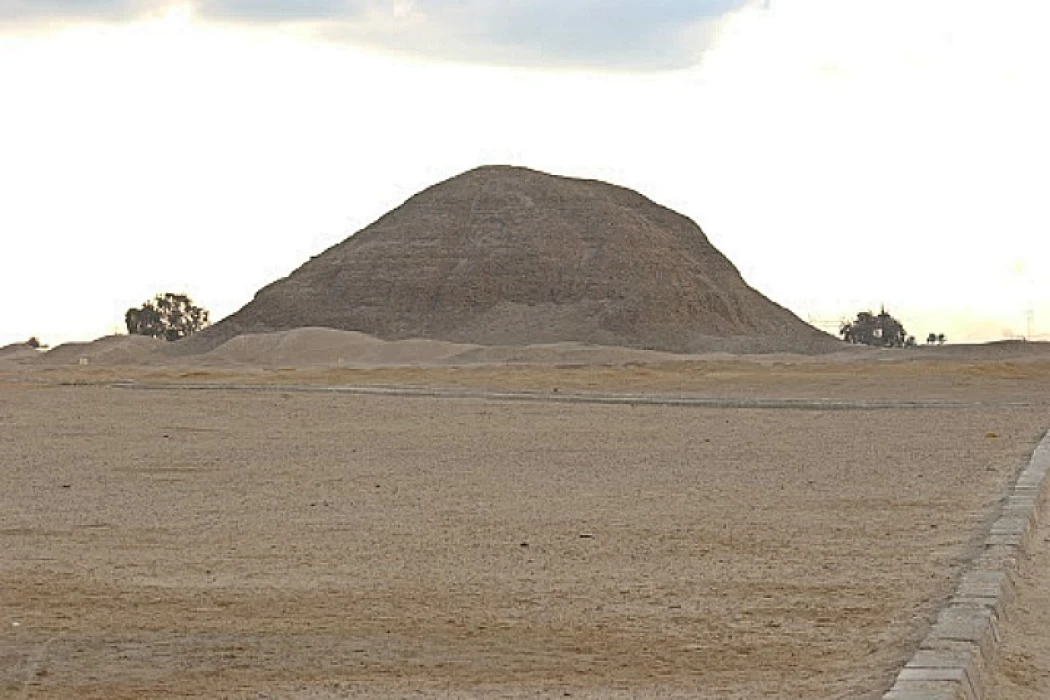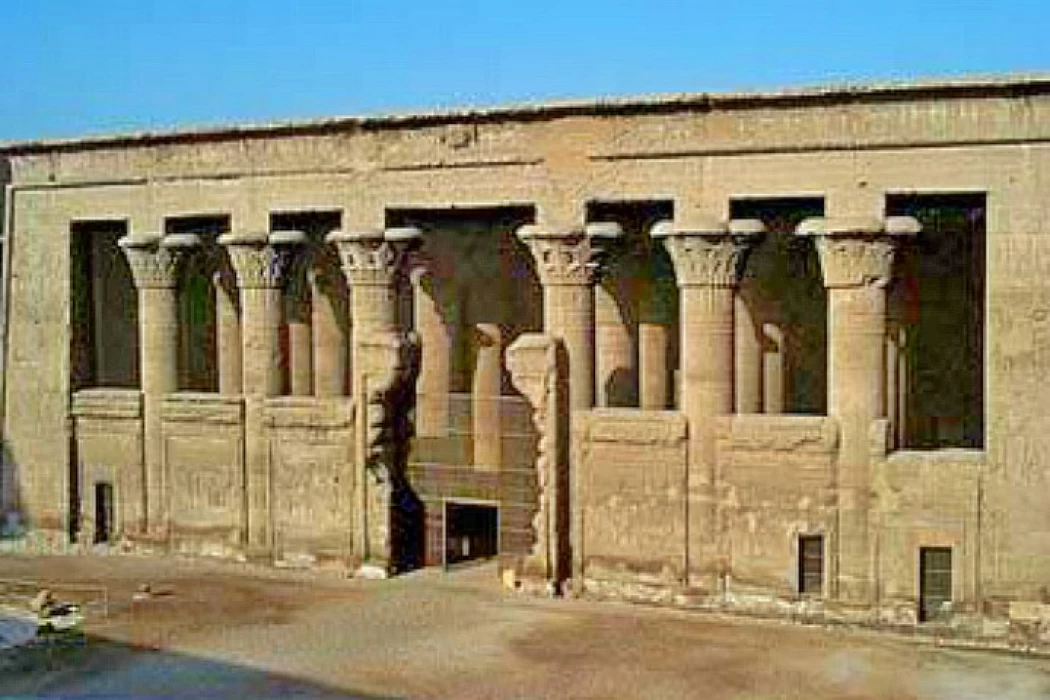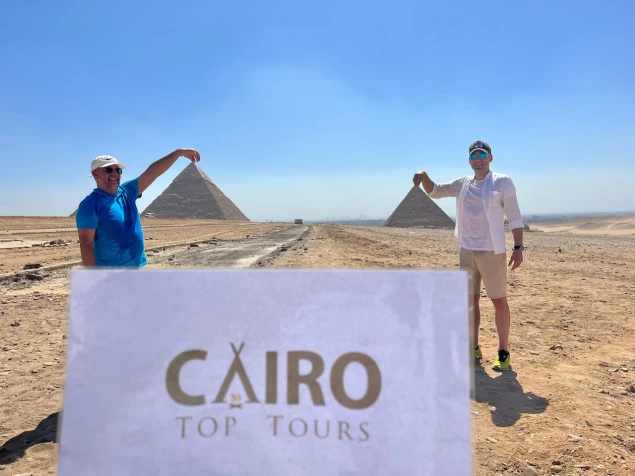Admin
Khufu wasn’t just a king, he was one of the greatest kings in the history of Egypt, I think he constructed the Great Pyramid to be remembered not only in Egypt or Thebes, as it was called in ancient history, but also all over the world as the largest tomb known to humanity.
Admin
King Khafra
King Khafre is considered one of the greatest kings of the Old Kingdom, who built one of the largest tombs in history, the Second Pyramid or the Middle Pyramid, following his father, King Khufu, as well as the Valley Temple, in addition to the Great Sphinx.
Admin
King Menkaure
King Menkaure is one of the most important kings of the Old Kingdom and is considered one of the most important founders of Egyptian civilization, as he built the third pyramid in the pyramids of Giza, which is classified as one of the most important achievements of the pharaohs, if not the most important.
Admin
Queen Hatshepsut, Queen of Egypt
Hatshepsut's name remained controversial for a long time after her death. It was only in the modern era that the traces of her reign were fully rediscovered when archaeologists uncovered her temple in Deir el-Bahri and unveiled many of her achievements.
Admin
Alexander the Great
Alexander the Great was not just a military leader; he was an exceptional figure in his intelligence, ambition, and influence. His achievement went beyond military borders to the fields of thought, culture, and civilization and made his name an immortal legend.
Admin
The Golden King of Egypt is Tutankhamen
History shows that the attraction to ancient Egypt continues through the tale of Tutankhamun. The discovery of his tomb gave the world its first undisturbed look at New Kingdom burial customs and material artifacts, thus sparking a worldwide fascination that continues until the present day.
Admin
King Akhenaten | Amenhotep IV
The reign of Akhenaten is one of the most outstanding and confusing in Egyptian history. His religious, artistic, and political acts were very different from the usual practices of his era. Despite last only for a short time and being mostly scrubbed by his successors, Akhenaten’s beliefs left behind a lasting influence.
Admin
King Ramses II
Besides ruling, King Ramses II shaped the future of Egypt. Thanks to his leadership, there was peace, plenty, and important works that survived for generations. His many military, political, and cultural achievements have made the legacy of Ramses II legendary for thousands of years.
